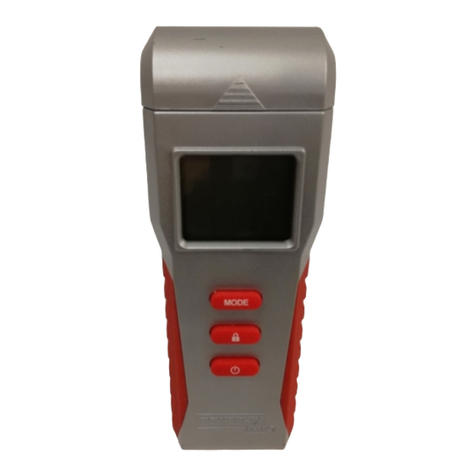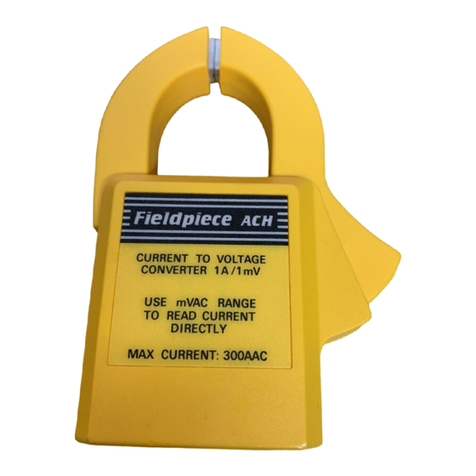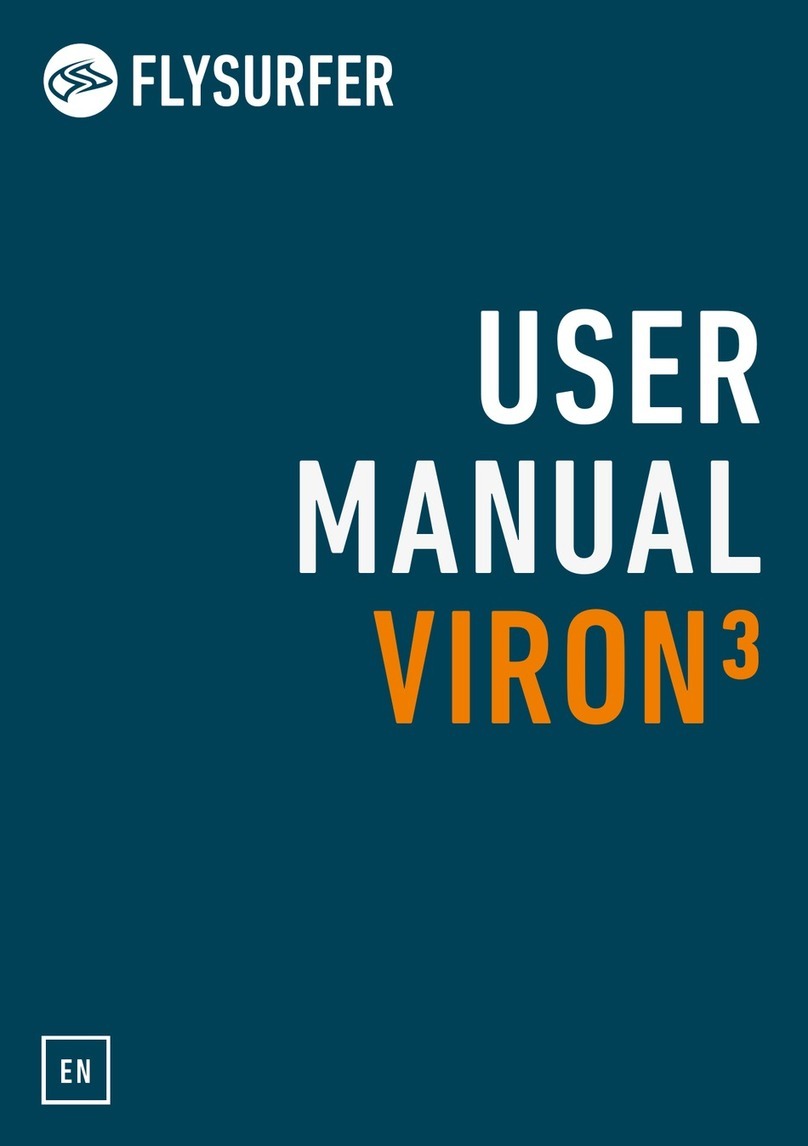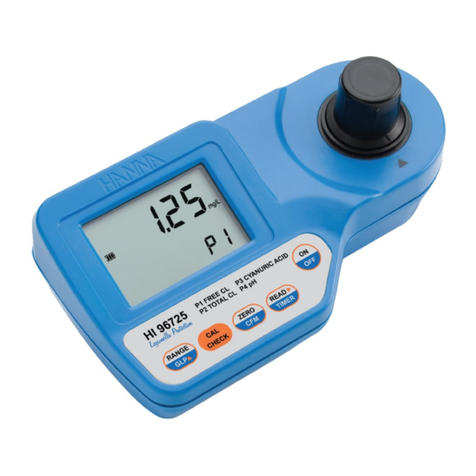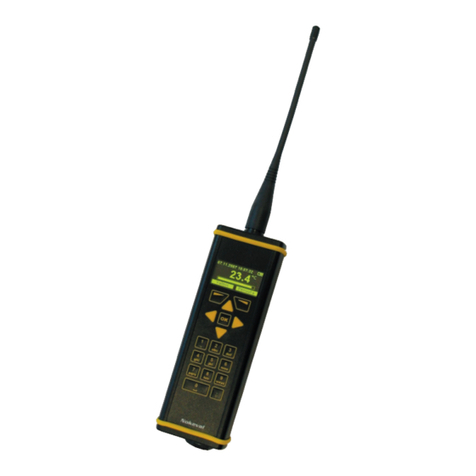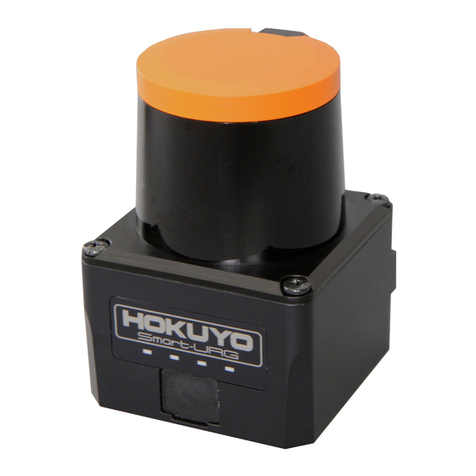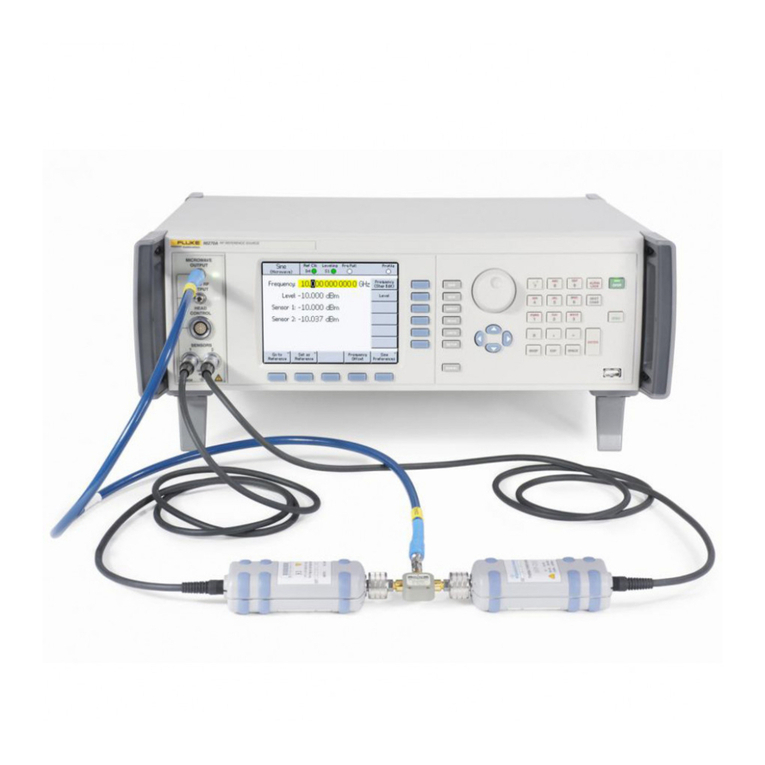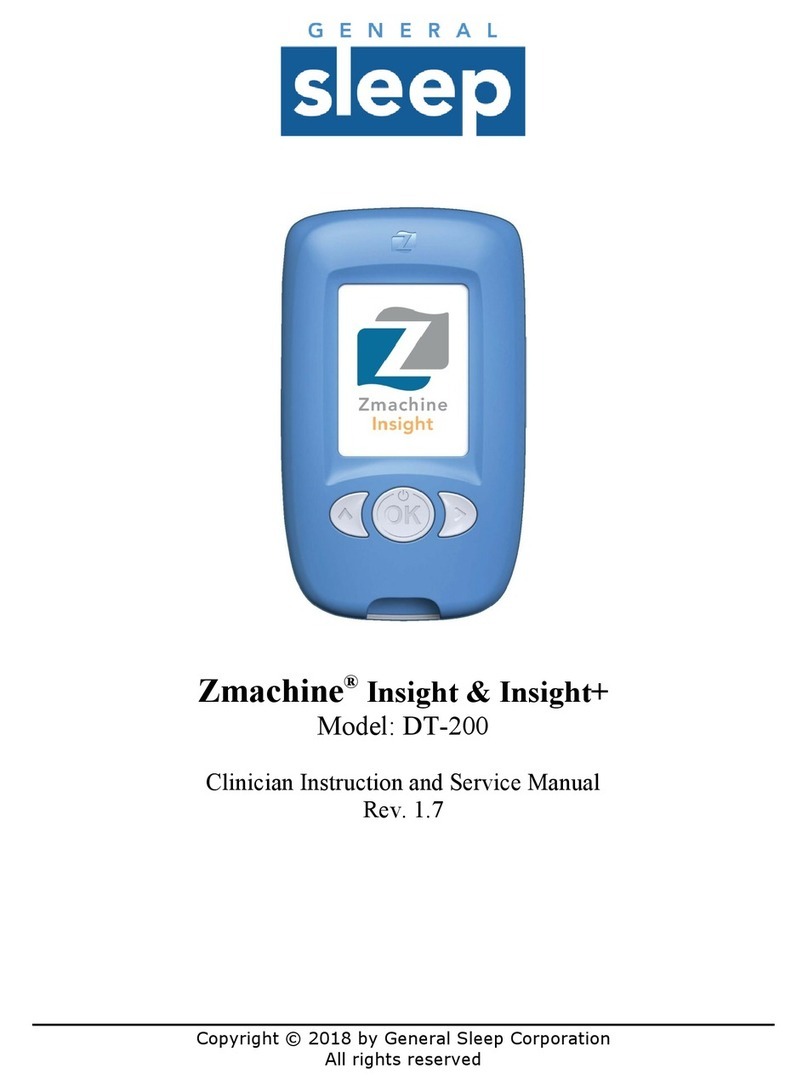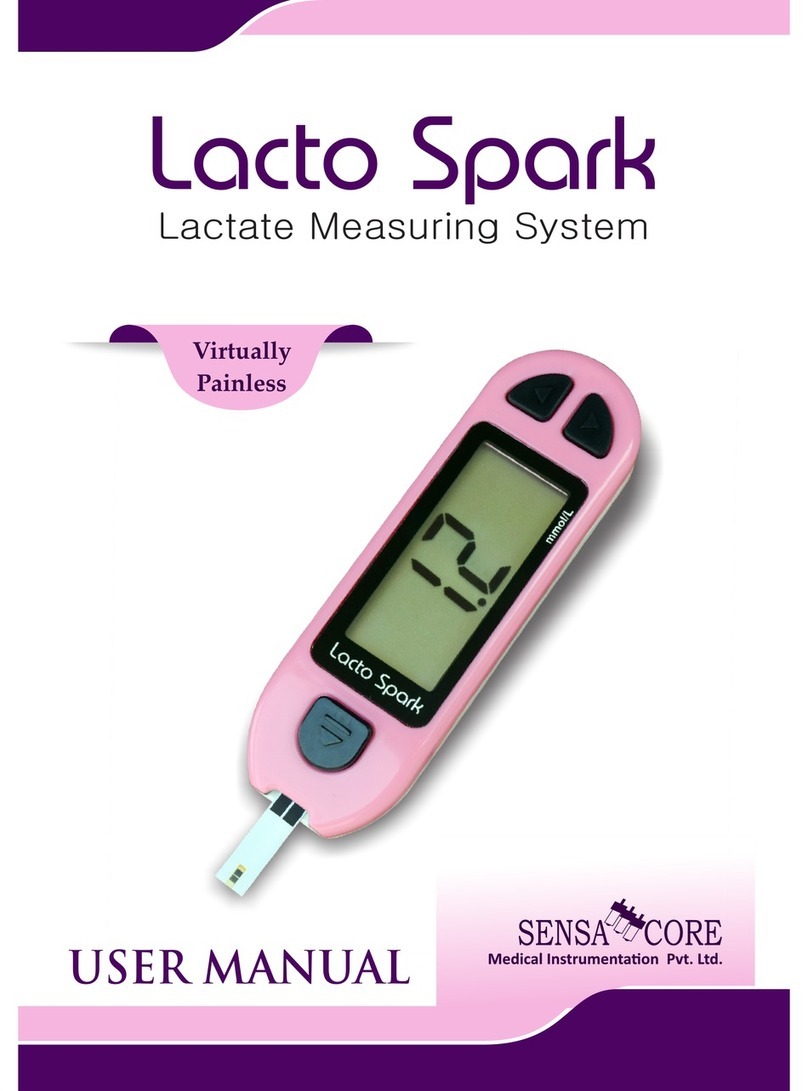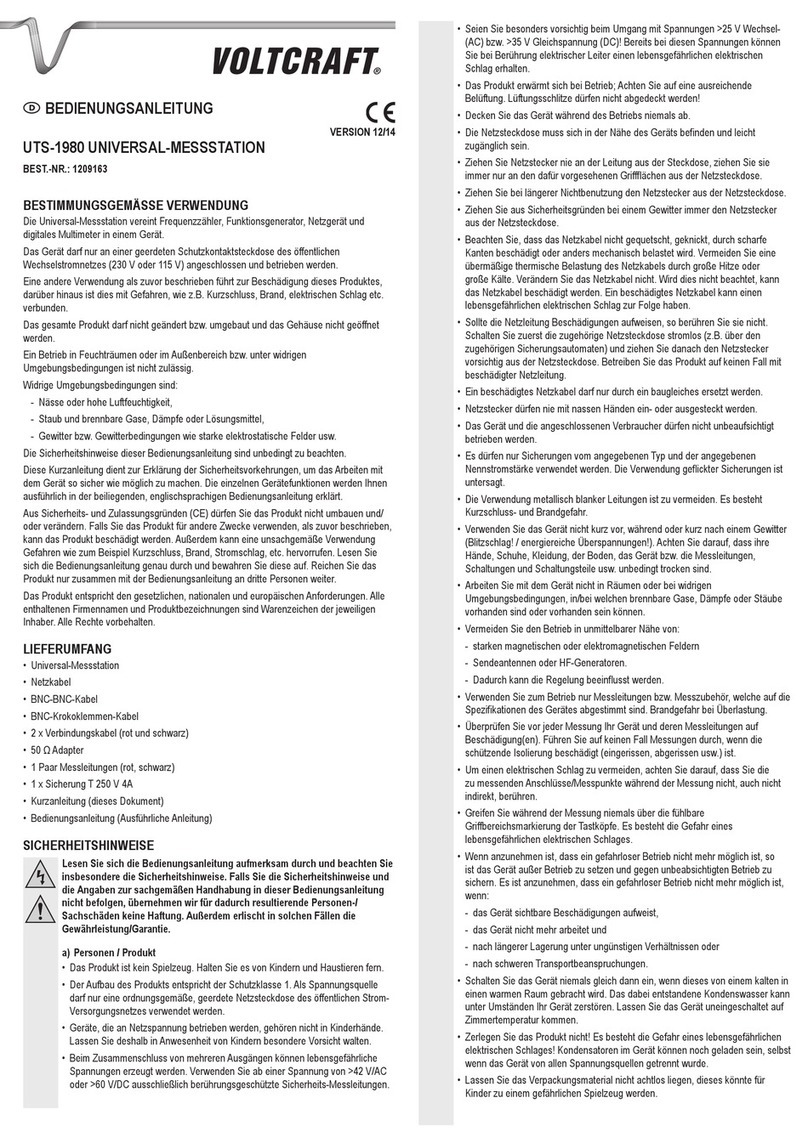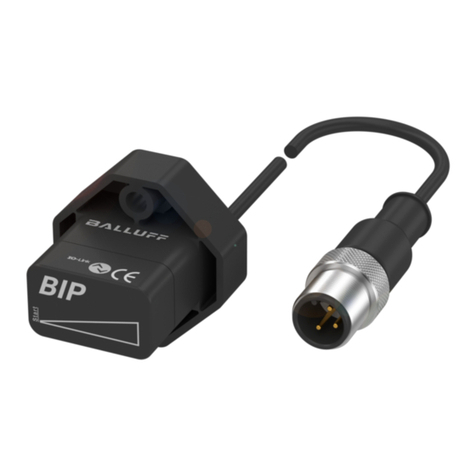
TM 11-5825-278-12-2
SAFETY SUMMARY
High voltage is used in the operation of this equipment.
Death
on contact may result if personnel fail to observe the followinq
—
safety
precautions (For Artificial Respiration, refer to FM 21-11):
Do not be misled by the term “Low Voltage.” Potentials as
low as 50 volts may cause death under adverse conditions.
Remove the batteries to the equipment when radio operation
has ceased.
Leaving batteries in the equipment when it is
not in use can cause leakage or an explosion leading to
serious bodily damage.
When using any kind of batteries, be careful not to crush,
puncture, dissemble or otherwise mutilate them in order to
avoid possible injury to personnel or damage to the
equipment.
Do not attempt to recharge alkaline or magnesium batteries.
When using nickel-cadmium batteries, observe extreme caution
when recharging by ensuring proper electrical connections
and keeping the charger away from other equipment that may
spark and cause an explosion.
Do not remove the protective covers to the equipment unless
you are authorized to do so.
Do not work on electronic equipment unless there is another
person nearby who is familiar with the operation and hazards
of the equipment and who is competent in administering first
aid.
Whenever possible, turn off the power supply to the
equipment before beginning maintenance on the equipment.
Technician must tell operators where dangerous areas are.
A periodic review of safety precautions in TB 385-4, Safety
Precautions For Maintenance of Electrical/ Electronic
Equipment, is recommended.
Seek advice from your supervisor whenever you are in doubt
about electrical safety conditions.
To prevent electrical shocks or damage to the equipment, do not
operate your direction finder set until you understand the operation
and function of all controls, indicators and connectors.
A
